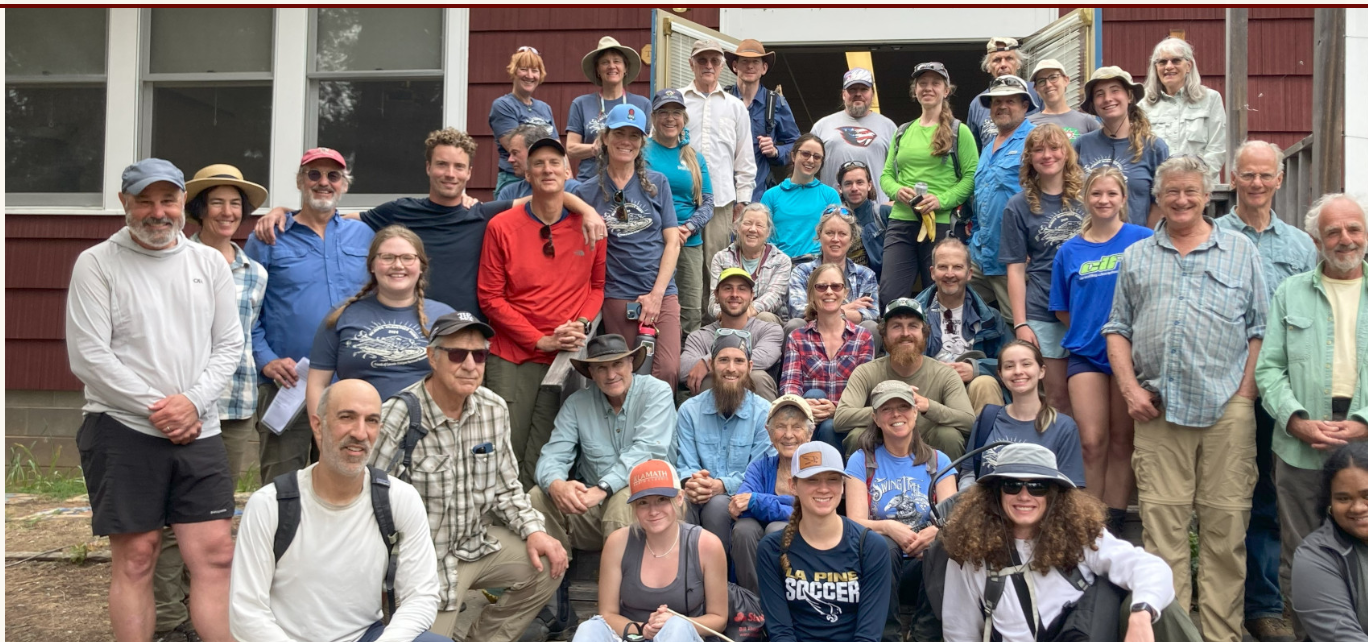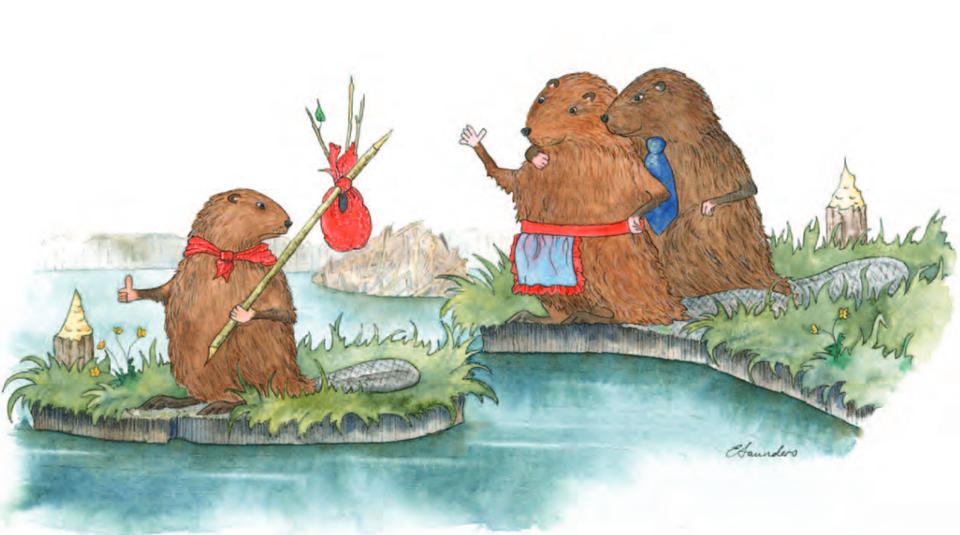Well I heard about a hearty handful of letters making their way to Chewy yesterday so I’m hoping for some nudging soon. In the mean time this is a fun look at the beavers of New Mexico and what they being greeted with.
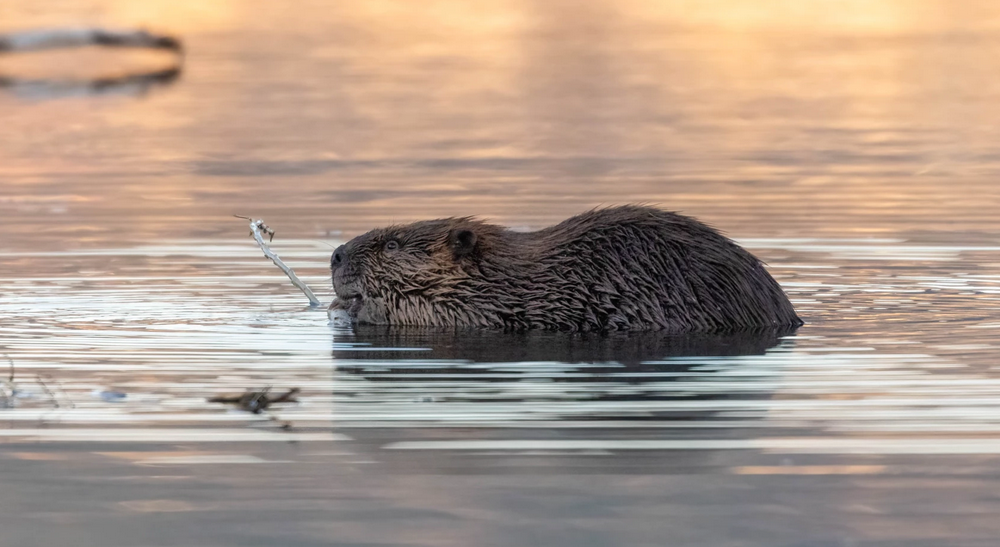 It’s a beautiful day in the Jemez Mountains.
It’s a beautiful day in the Jemez Mountains.
The early summer morning air is crisp – but not cold enough for a jacket – and dead silent. Above, a couple clouds lazily float across the deep blue sky.
As our group of 20 or so people clad in waders and hiking gear trudges along a rudimentary path deep in the woods, the ground quickly turns muddy. Soon the path widens, revealing a beautiful meadow lined with walls of tall ponderosa pine. A thin creek divides the land into two.
“We’re going to cross the creek and go over to the first set of holes which is, well, either here or there,” said Karen Menetrey from the environmental organization Rio Grande Return. It focuses on restoring damaged ecological systems across the state.
The goal today is to plant batches of willows for riparian wildlife – especially, the beaver.
Make Way For Beaver! Yes that’s the way to a beavers heart. I love stories about building it and they will come!
The willow is usually seen as a “pest” species, but it plays a vital role in beaver survival, providing food and shelter in the winter. It’s also the construction material for the dams they create.
Volunteers place bundles of pre-cut stems into 3-foot-deep holes underneath the water table. They trim any leftover leaves and throw water into the hole.
Then, they use long sticks to tamp dirt into and around the hole – mainly to avoid any air bubbles.
Menetrey said widespread trapping in the 1860s and 70s in New Mexico nearly decimated the beaver population. Historically, beavers in the U.S. were killed for their fashionable pelts and unique scent glands typically used in perfumes or food flavoring.
“And they are extirpated from some watersheds,” Menetrey said. “Which means they’re not extinct, but they are gone from that particular area.”
An estimated 6,000 to 12,000 beavers exist in New Mexico right now, but Menetrey said exact counts don’t exist. Currently, Defenders of Wildlife is working on a beaver “census” of sorts to identify dams using aerial photography.
Well I’m glad we’re all trying to count beavers. Remember The New Mexico Beaver Summit was what inspired me to try one in California. Which is what eventually kickstarted the whole change in CDFW. So we owe NM a thank you card.
All of this work to reintroduce the beaver back into New Mexico’s streams and rivers is part of a larger push to combat climate change here in the Southwest.
“They’re really like climate resilience superheroes and super engineers,” said Chris Smith, the brain behind a newly launched venture dubbed the New Mexico Beaver Project.
Smith’s vision is to reestablish the widespread benefits beavers and their dams had on New Mexico’s landscapes before commercial trapping, like ecological watershed maintenance. Plus it’s free charge because, well, beavers aren’t motivated by dollar signs.
“We have all these vacant waterways, and they could be repopulated by beavers, but we currently don’t have a relocation and restoration program,” Smith added.
New Mexico does allowthe trapping of beavers, but only in certain areas at certain times of the year. Nowadays, tens of thousands of beavers are still snared, trapped, or shot across the country every ear.
The Department of Game and Fish has tried its hand at some relocation and reintroduction efforts, namely at Bandelier National Monument.
In 2014, the New Mexico Senate passed a memorial requesting a beaver restoration plan from the Department of Game and Fish. They never got one.
Just so we all get the history right, the NM Beaver Summit was designed to kickstart the kind of success Mary Obrien kick started in Utah in 2010. She was the key not speaker at that event in all her 75 years of retired glory. It takes a LONG time to make a difference. And we all owe debt of gratitude.
The state does have some guidelines that make it fairly difficult for beaver relocation to happen – namely the five-mile upstream, five-mile downstream protocol, mandating all landowners within that radius give their explicit written consent for beavers to live there .
With a recent massive windfall of state revenue from the oil and gas industry, Smith wants some of that money to be set aside specifically for beavers to increase the state’s resilience to climate change.
“Beavers, I think, are one of the most cost effective ways to do that,” Smith said. “There’s a budgetary reason to do it.”
In addition to helping with floods, beaver dams improve water quality, remove pollutants, and, surprisingly, help fight wildfires.
Emily Fairfax studies riparian beaver ecohydrology at the University of Minnesota’s Department of Geography, Environment, and Society.
“When beavers fight wildfires, that’s actually sort of the last step of the number of disasters that they’re helping us mitigate,” Fairfax said.
Fairfax says some people may see beavers as a “nuisance,” because they may chew on a property owner’s favorite tree, or accidentally flood a field or road.
But, she said the pros outweigh the cons.
The semi-aquatic rodents are really good at slowing down and storing water in the ground during storms and runoff seasons, she said. That allows water to be available to plants during droughts.
“Throughout the whole year, beavers are manipulating the hydrologic cycle in a way that builds up defense to a whole suite of natural disasters, and the wildfire really matters, because that’s one that we struggle to manage ourselves,” Fairfax said.
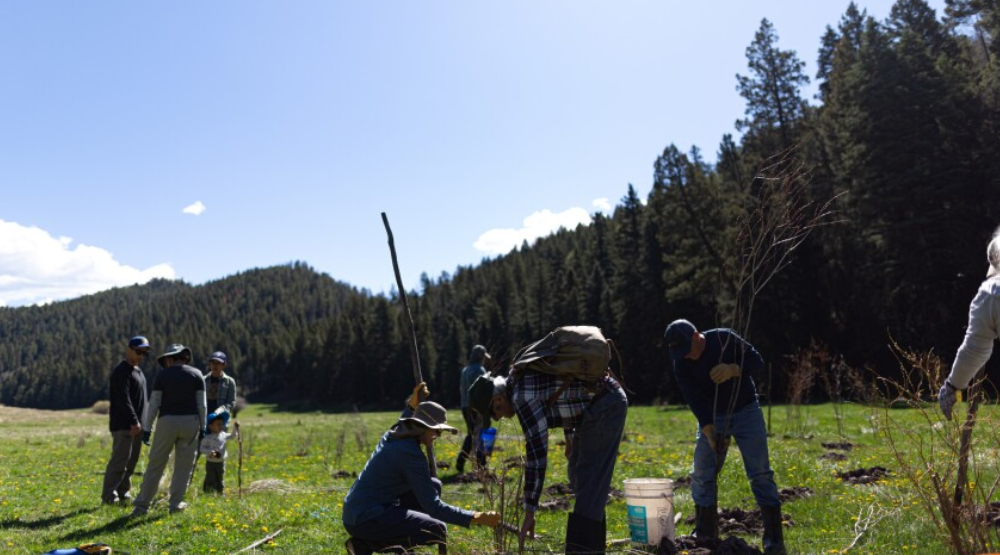 I guess that’s how progress works. In the beginning there are thick thorns and weeds that you have to hack through ever single step with a machete. And then there is a narrow path that the next generation can carefully expand and follow.
I guess that’s how progress works. In the beginning there are thick thorns and weeds that you have to hack through ever single step with a machete. And then there is a narrow path that the next generation can carefully expand and follow.
Throughout the whole year, beavers are manipulating the hydrologic cycle in a way that builds up defense to a whole suite of natural disasters, and the wildfire really matters, because that’s one that we struggle to manage ourselves,” Fairfax said.
These engineering marvels are pivotal to the survival of other species during a wildfire as well. Fairfax said beaver wetlands are too lush and wet to burn – providing a crucial fire break, slowing the blaze down.
“A single beaver family can engineer acres and acres and acres of these fireproof patches,” Fairfax said. “They are the safe place in the landscape, and we need more of it.”
Fairfax and Smith said the challenge is to overcome societal perceptions that beavers are merely obnoxious, toothy rodents and teach people that the beaver is much more valuable than a perfume ingredient or a fancy hat.
The thing is we all think we;re working hard. And we all are. But we can only work hard because of the hard work that came before us.
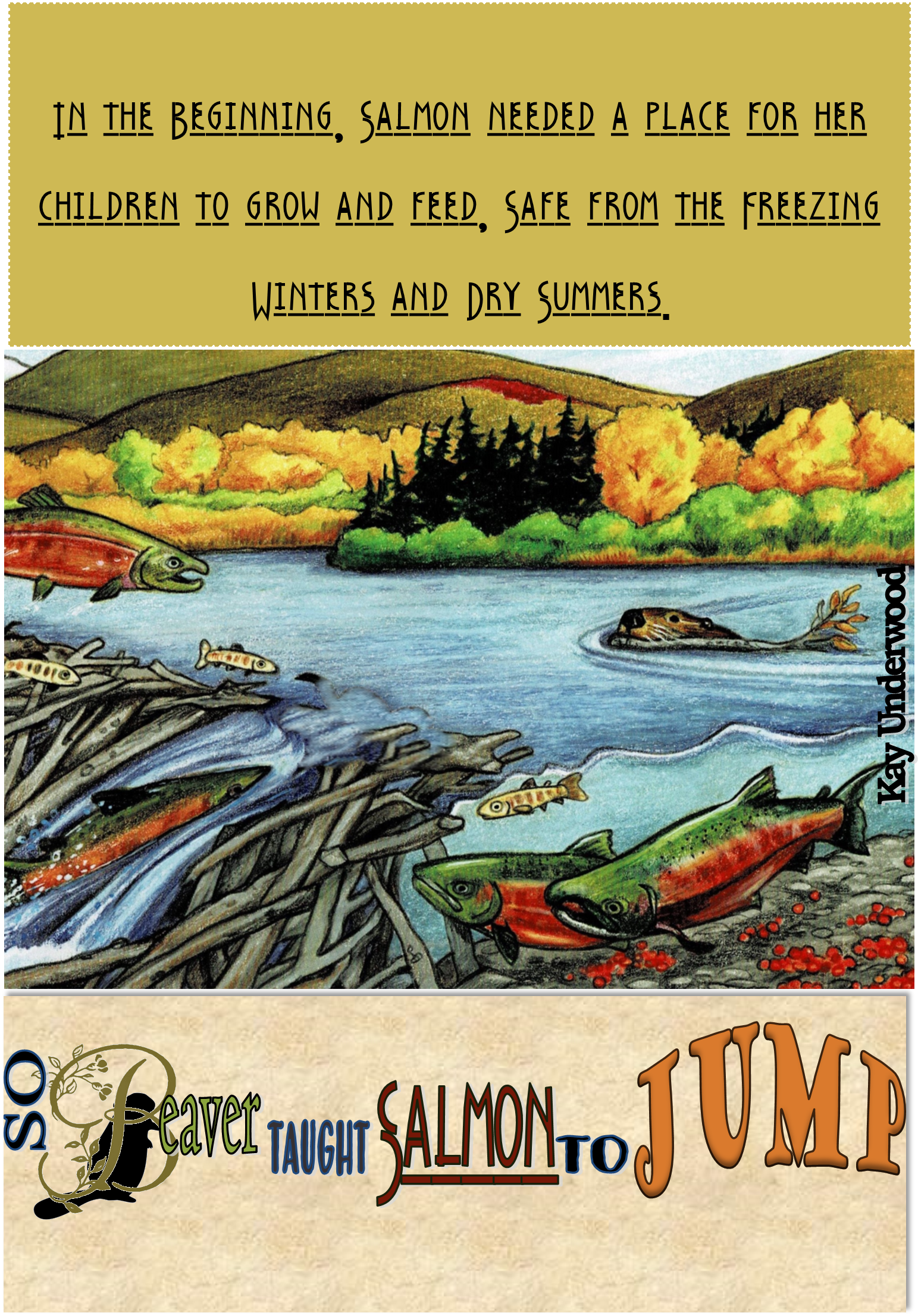 Beaver ponds directly affect so many living things that they have been compared to “Coral Reefs” with regards to biodiversity. Without the complex range of animals, plants and microorganisms, the air we breathe and the food we eat could not exist. Yet research has shown that children are often more aware of exotic species like penguins and pandas than the many forms of life that occupy their own school yard. Helping children become more aware of biodiversity all around them has been shown to deepen their sense of place and belonging, increasing resilience and well-being. (Montgomery et al 2022)[i] Despite this little of our educational curriculum focuses on biodiversity. This project offered as a learning experience at the 16th Martinez Beaver Festival offers a fun, free family activity that can allow children to learn about the different forms of life that exist in the riparian zone and how they are affected when beavers build and maintain ponds. Knowing how beavers affect creek life helps everyone better understand the way healthy ecosystems function.
Beaver ponds directly affect so many living things that they have been compared to “Coral Reefs” with regards to biodiversity. Without the complex range of animals, plants and microorganisms, the air we breathe and the food we eat could not exist. Yet research has shown that children are often more aware of exotic species like penguins and pandas than the many forms of life that occupy their own school yard. Helping children become more aware of biodiversity all around them has been shown to deepen their sense of place and belonging, increasing resilience and well-being. (Montgomery et al 2022)[i] Despite this little of our educational curriculum focuses on biodiversity. This project offered as a learning experience at the 16th Martinez Beaver Festival offers a fun, free family activity that can allow children to learn about the different forms of life that exist in the riparian zone and how they are affected when beavers build and maintain ponds. Knowing how beavers affect creek life helps everyone better understand the way healthy ecosystems function.

